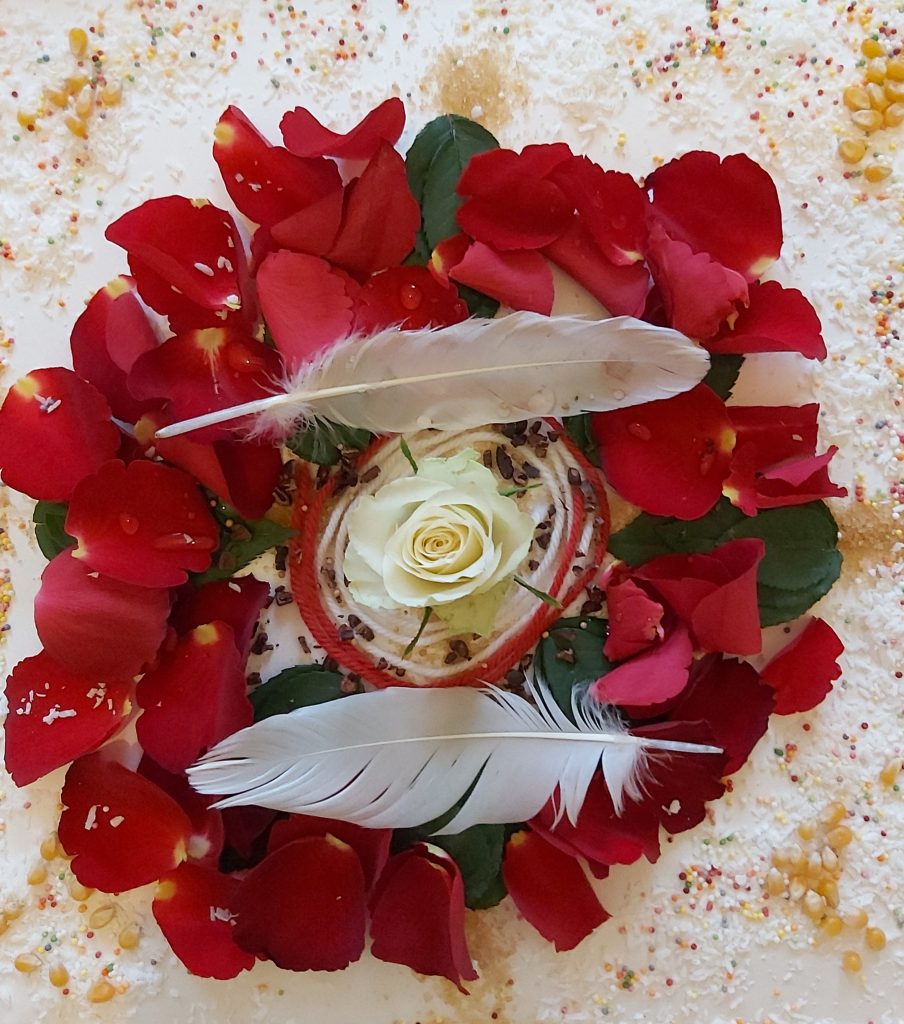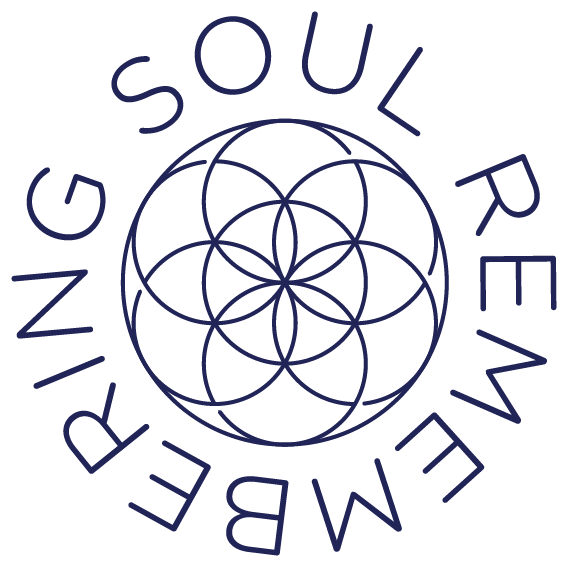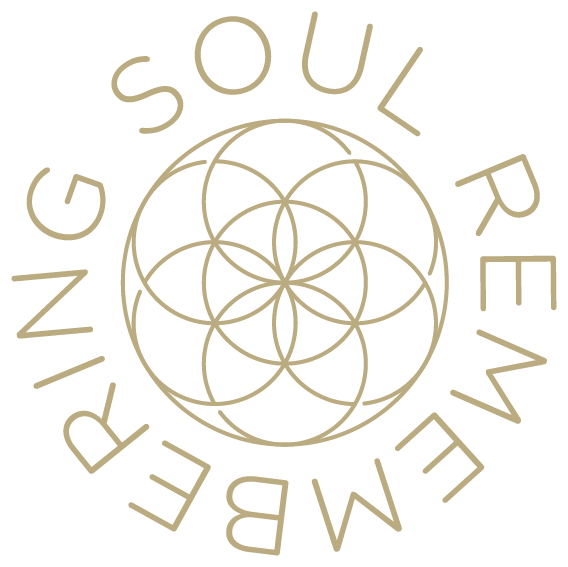Despachos, Mandalas and Jungian Archetypes
The title for this blog post came to me some years ago during one of my morning meditations. I wrote it down, (knowing I’d forget if I didn’t) and thought to myself ‘hmmm… that sounds impressive, I’m excited to write about this !’ And there it remained, expectant, on the page, in one of my many, many notebooks, until today. You see, I have a habit of reading and re-reading my notes and journal entries, and aside from the pages of warbling, dubious self-analysis (of which there are many), there is also pure, brilliant, gold contained within these, now, slightly yellowed volumes.
So, what are despachos, mandalas and Jungian archetypes? And what if anything do they have in common – apart from entertaining me in the mornings?
Despachos
I have been making despachos for about 10 years now, as part of my shamanic training and practice within the Andean spiritual tradition, and I have always described them as prayer cakes. Probably the most reductive and simultaneously, the most accurate explanation. You see, the despacho is the end product, the cake as it were, but it’s in the preparation, the intention and the making of it, that the real value, essence and magic of the despacho is experienced.
A despacho is a ceremony, first and foremost. It is also a prayer and a sacrament. As with all ceremony, intention and attention to the particulars are paramount. Intention, well that’s easy to understand. Your intention is that which you wish to bring forth, be it healing, peace, clarity, a manifestation, or any such like. The particulars, on the other hand are the constituent components that are employed in any production of ceremony; the Spirit Beings invited to participate, the proper attitude and psychic state of the shaman or ceremonial host, and in this case, the actual physical ingredients used to build the despacho itself.
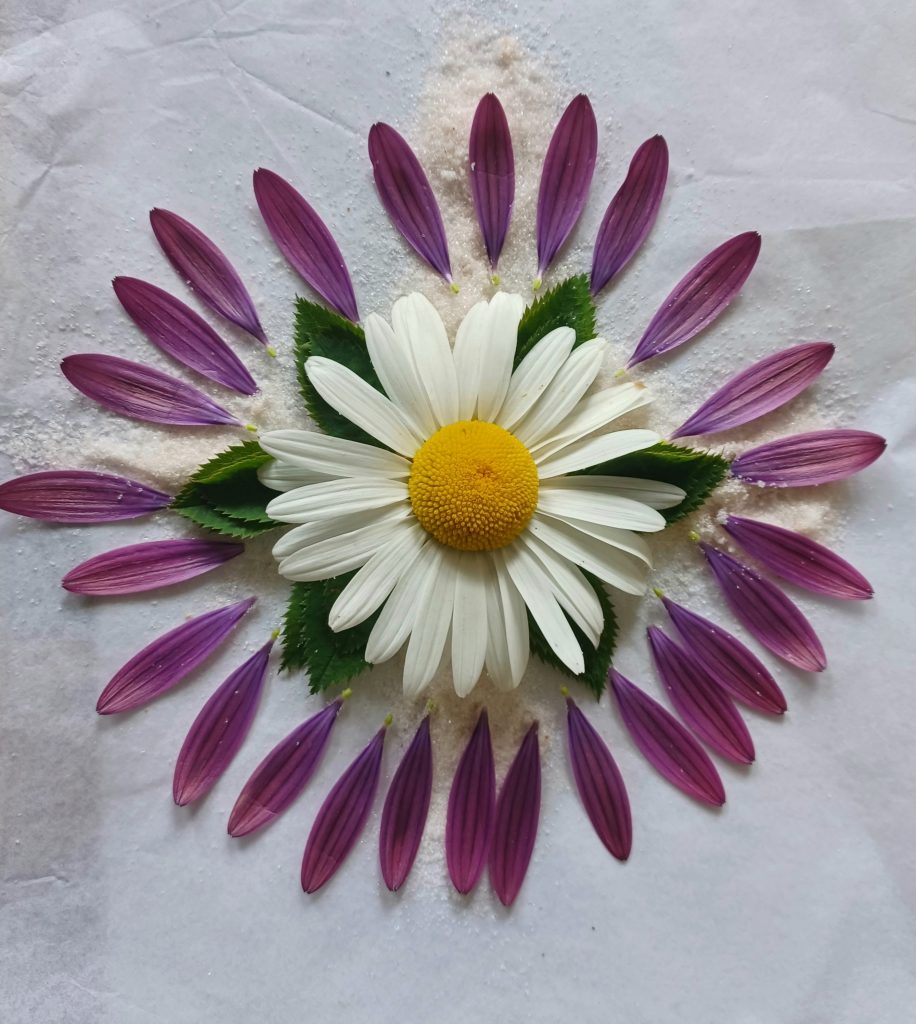
Despachos are integral to the Andean way of life, and have been for over 3500 years They’ve prevailed for the simple reason: they work!! The Andean people solve their problems through despacho and there is an enormous sense of trust in the process. They are seen as a basic tool of communication and interchange with the living cosmos. All students of the Andean sacred arts learn how to build despacho in the beginning of their training and spend the rest of their days refining this process.
So what in layman’s terms can a despacho do for you? Easy! Making despachos make you feel great, wonderful, on top of the world. Regular participation in the despacho ceremony pulls you into alignment: alignment with your self and alignment with the creative principles of the universe. It connects you with the very real and tangible creative forces of the living universe or cosmoverse. It organises and integrates the different aspects of your psyche, (many of which may be unconscious), precisely because the despacho itself is built using a formalized structure. This structure is a living thing, an archetype of the great collective unconscious. And engaging with it helps us become more of who we truly are.
And how does it do this?? Ahh… now we have the real meat and bones of our discussion and the perfect introduction to Jungian archetypes and the great unconscious.
Before I begin with this part of our discussion, I want to make the disclaimer that I am not a Jungian specialist, analyst nor student. Beyond an introductory or prefatory knowledge of the great man, my interests in his work have been of an entirely personal nature. In an attempt to understand myself, I love to gorge on anything to do with the unconscious. Enter Jung..
The Unconscious & Jungian Archetypes
Much has been written on Jung’s exploration into the realm of the unconscious; both personal and collective. He has written countless books and articles etc. on the subject, evidence that this shadowy aspect of our psyche defies the very idea of even having a definition. In his own words “everything of which I know, but am not at the moment thinking; everything of which I have one been conscious but have now forgotten; everything perceived by my senses, but not noted by my conscious mind; everything which, involuntarily and without paying attention to it, I feel, think, remember, want and do; all the future things that are taking shape in me and will sometime come to consciousness: all this is the content of the unconscious”.
It is the ability to establish communication with the unconscious that forms and in-forms the whole of man. Our unconscious if permitted to reveal itself as relevant to our lived experience, can serve as a guide, a friend and advisor, thus enriching our understanding of ourselves and yielding greater meaning to our conscious living.
Archetypes, and here Jung speaks more in terms of the collective unconscious of mankind as a whole, refer to “an irrepresentable, unconscious, pre-existent form that seems to be part of the inherited structure of the psyche..’, ‘the archetype in itself is empty and purely formal…a possibility of representation which is given apriori”. What Jung is getting at here, is that archetypes are living representations of the structure of our psyche. They are pre-linguistic, pre-cultural, collective and universal to the whole of mankind. They are living organising patterns within our psyches that mankind as a whole has inherited over the millennia.
It is this archetypal structure or pattern of our unconscious psyche, that produces the archetypal ideas that play out in our myths and fairytales, dreams, meditations etc..
Mandalas
Now to mandalas! Mandala is the Sanskrit word for circle and more specifically a magic circle. We’ve all seen the beautiful pictures of Eastern mandalas with their intricate geometric shapes and awesome colours, and these are probably the most widely known and spring to mind when one hears the term mandala. But mandalas have existed in many different cultures around the world, from the Pueblo and Nahavo Indians to the Christians of the Middle Ages. They are used as an aid to meditation and contemplation of higher spiritual truths. Working with a mandala can be done in a number of ways; you can draw them, make them, or simply allow your gaze to fall upon them as you enter into contemplation.
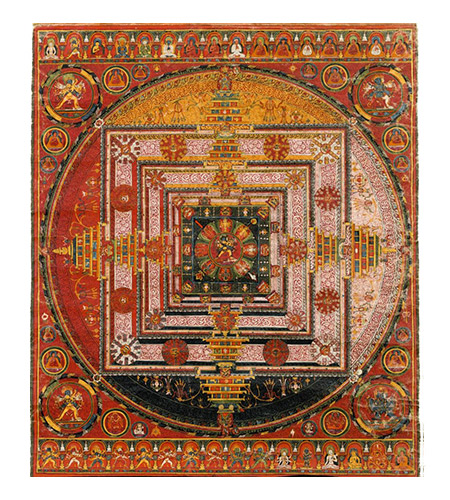
I have very limited experience on the subject, so I will speak in general terms only. Essentially, working with a mandala in any way allows us to embrace and embody the totality of ourselves through their formalized structure; for what they all have in common in that they begin from a centre point and then move out into their various shapes; usually squares, circles and oftentimes a flower and quadrilateral cross. The organising principles of the mandala construction are analogous to the organising principles of the unconscious psyche. Not that our psyche is literally organised in squares and circles, but rather the mandala symbolism echoes an alchemical process within us; it points to an implicit, internal refinement, a unifying of our conscious life with our unconscious depths. Mandalas are archetypal structures of the unconscious (collective and personal) and regardless of their content, it is the formalized pattern, and how that pattern has been recognised as, universal, sacred, meditative and therapeutic, that is relevant here.
And now I can tie all of this together; despachos, mandalas and Jungian archetypes and convince you that there is indeed a uniting thread to all of this, and furthermore, that it is worthwhile taking the thread and following it out of the labyrinth.
Conclusion
The world, the universe, the cosmos is alive; it breaths, it moves, expands and contracts, and we humans are moving within that in a similar fashion. Our consciousness is alive; constantly seeking expression, constantly seeking to know itself. Our unconscious is also alive, lying just below the threshold of our waking awareness, it too is constantly seeking expression, albeit in a different manner. Thus together, with the conscious and the unconscious, there is the very human striving towards the totality of who we innately know ourselves to be. There is an earnest attempt at understanding our place in this amazing universe.
Therefore, set against the backdrop of this macrocosmic and microcosmic evolution, it remains up to us alone to integrate all of the apparent divergent aspects within ourselves, within our psyches. And rather than seeing these ‘parts’ or ‘aspects’ as separate entities, we should instead see them as living principles that are very much alive within us and that furthermore seek cohesion.
Participating in a despacho ceremony or creating a mandala brings us into a living engagement with the archetypes of the unconscious; those pre-existent, universal patterns or structures that are living within us. Partaking of the ceremonial ritual of either the despacho or the mandala reflects the way our unconscious works, as it seeks to be expressed and ultimately embodied. Creating the despacho or the mandala brings us into a very real, living relationship with ALL of the aspects of our being, thereby forging a more whole, holistic, unified self.
And how do they do that? Again..they (despachos and mandalas) work on the level of the unconscious – and through recognition, participation, engagement and communion with the living patterns and structures within our personal and collective unconscious, they allow the contents of our unconscious to come to the surface, to come to the light of consciousness. For as we know consciousness seeks to know itself; ALL of ITSELF. And this process, these processes of despacho and mandala creation serve to form a cohesive, integrated whole; a whole YOU in your ever evolving, moving and changing beauty.
They provide a very tangible means of direct communication and communion with the living universe; personally and collectively, from within and from without.
